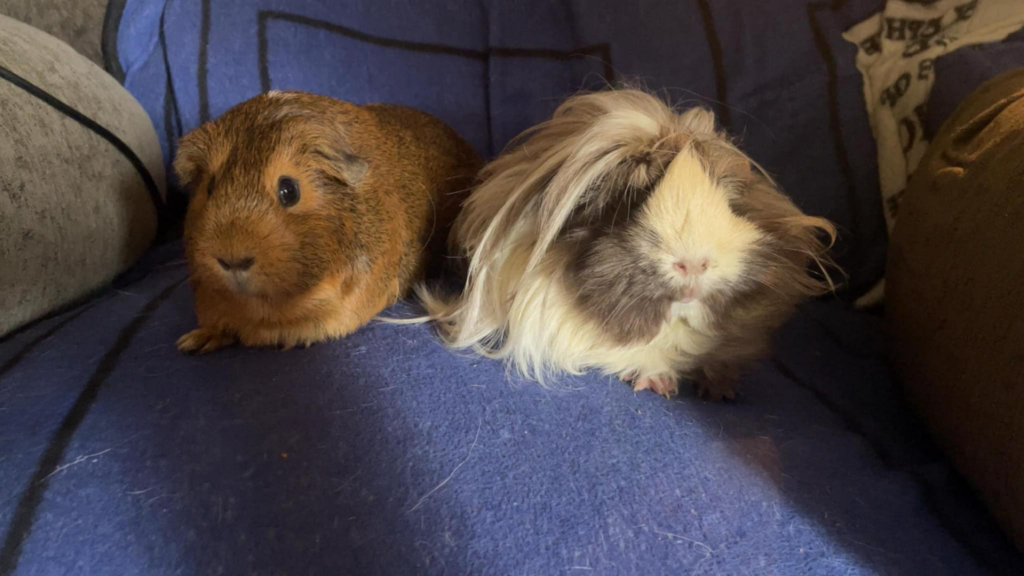The staff at Oasis are mourning a recent, senseless death. A young dog we had been asked to re-home has died.
His owner came to Oasis with a request that we find a home for the big, waggy-tailed guy. A typical doggy teenager, he was getting it all wrong, and his owner, who probably fell in love with the idea of a family pet and companion animal, was not equipped to deal with the reality of one.
Some breeds of dog grow very large, and by all accounts, this young dog was too big for the crowded space he was in. But that is something to be taken into consideration before you buy a puppy. He wasn’t a good fit for this family; that didn’t mean there wasn’t a happy home out there somewhere for him. So his owner registered the dog with Oasis, and we began the search for a good home.
Then came the sad news; the dog was dead – a victim of ‘convenience euthanasia‘.
Now there’s an innocuous sounding term – like ‘collateral damage’, or ‘relocation’. Words can do that for us; they can negate the innate cruelty of the act and distance us from our own nagging conscience.
The term euthanasia, which means ‘good death’, engenders an image of a caring vet administering a final act of kindness to an animal in pain, and such is often the case. But add the word ‘convenience’, and you’ve got a whole other scenario.
Convenience euthanasia happens not when the animal is sick, but when the owner is. The owner is sick of the chewing, the barking, the indoor toileting, the responsibility of exercising the animal, the expense of feeding, the cost of health care, the sheer neediness of the creature. When they picked their cuddly warm puppy they probably had a vision of the perfect companion animal – devoted but not demanding; obedient but smart enough to be able to figure out for itself what pleases or displeases the master.
When things go awry, as they will when this type of ignorance is in play, the dog is often off to whoever will agree to put it to death. Hopefully, this beautiful young dog’s owner found a willing veterinarian for this final solution to her problems, but vets are trained to save animals’ lives; convenience euthanasia causes severe moral stress for them.
In fact, according to the vets I spoke to, being forced to put down a healthy animal is a major source of job dissatisfaction. Some vets will flat-out refuse; others demand a lengthy counseling session with animal and owners, and solid proof the animal is beyond redemption.
A good vet will suggest dog obedience training and owner re-education, or if that idea falls on deaf ears, a temporary shelter option to buy the animal some time. Vets network with shelters, rescue organizations and foster carers, and, like the good doctors they are, will go out of their way to facilitate some life-sustaining arrangement. Most of them will do anything to prevent a senseless death.
If all else fails, and in the certain knowledge the owner will go somewhere else for the kill, a vet may capitulate if only to ensure a quick and painless death for the animal. An intravenous injection of sodium pentobarbital administered by a trained professional is the kindest, most compassionate method of euthanizing animals.
The horror stories of other, less compassionate means of dispatching the detritus of our lives are out there – if you are brave enough to track them down. And before you take that final step, do take a look. The following is an excerpt from http://www.peta.org/issues/Companion-Animals/Euthanasia.aspx:
“Many animal shelters still use outdated gas chambers to kill animals who aren’t adopted or reclaimed. Even the “best” gas boxes can expose conscious animals to the horror of watching other animals in the box suffer from convulsions and muscular spasms as they slowly die. Old, young, and sick animals are particularly susceptible to gas-related trauma and will die slow and highly stressful deaths.”
People shopping for a kill, and refused by vets, often end up at animal shelters which, mandated to do so or not, have a high kill rate. In 2010 the Oshawa City Shelter had a kill rate of 46%. Animal rights groups are working to change that statistic, and demanding more humane methods of euthanasia for those animals deemed hopeless.
Many Southern Ontario shelters have been under scrutiny in the past few years for their less than kind approach to killing animals, yet the ‘pound’ as it once was called, remains the final destination for the city’s unloved and unwanted animals. Why, when there are so many alternatives available – so many people willing to offer loving homes? You may have to wait a bit, but surely an animal’s life is worth a few weeks of your time?
Education is key.
Impulse buying is for clothes, not animals. Pet the puppy; enjoy the puppy; put the puppy down. Go home and complete your research.
• Is this the right breed for your family?
• How big will he grow? How much exercise will he need?
• How much time and money am I willing to commit to this creature’s well-being?
• If we run into behavioural problems am I willing to participate in correcting the problem?
• Will I take him to doggy obedience school?
• Will I see that he isn’t left alone all day long while I am at work?
Or (and you know the answer to this) am I the kind of person who gives up when the going gets tough?
This is a life-long deal, for the dog at least. You are adopting a new family member, no more disposable than any other family member, and if you’re not into commitment, be kind to the animal and enjoy other people’s dogs instead.
Feel free to share your thoughts in the comments section below.

















